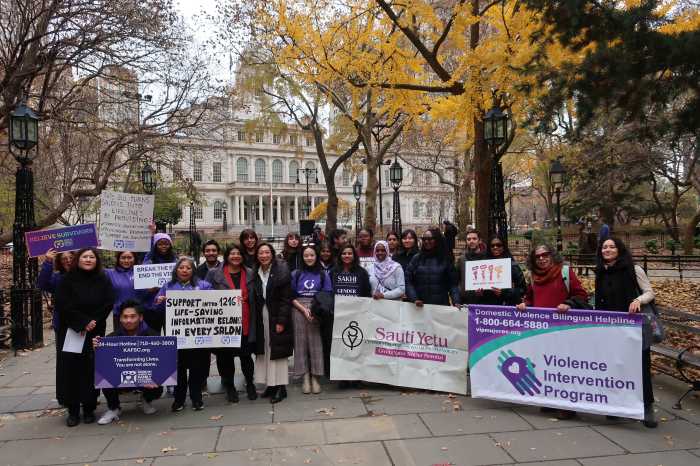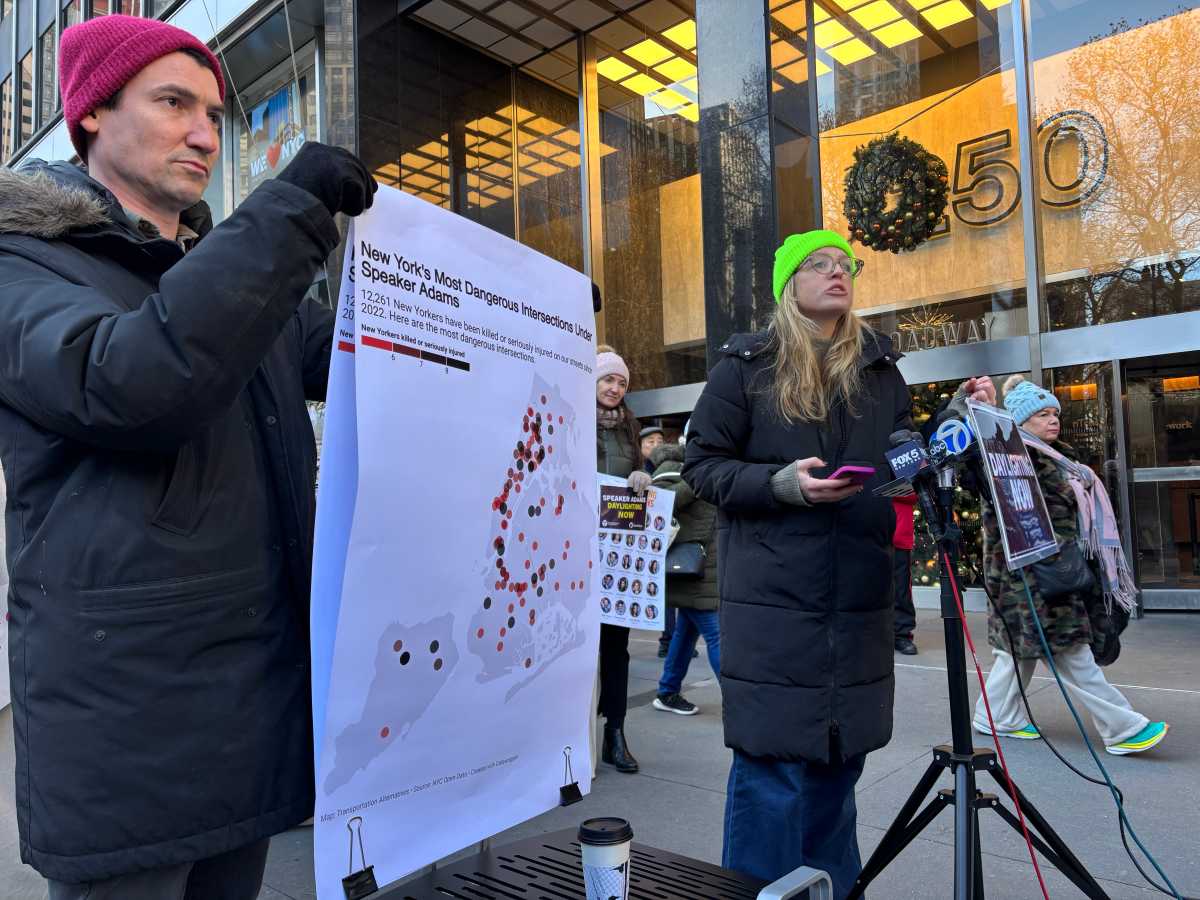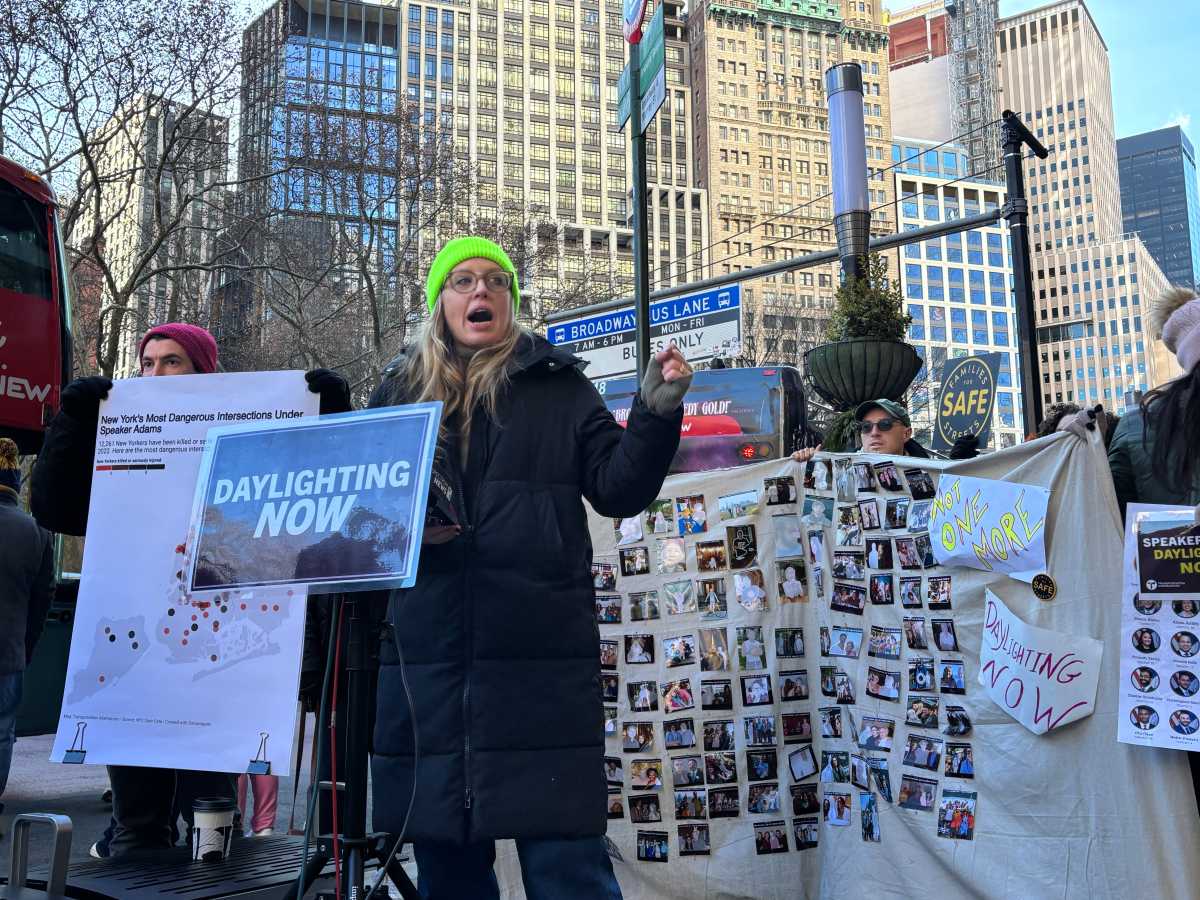Homes that withstood Sandy’s rushing water and brutal winds may now be susceptible to another hazard — mold.
According to the Department of Health and Mental Hygiene (DOHMH) flood-damaged homes may have already seen extensive mold growth located under floor tiles, wallpaper and carpeting. The Department of Buildings (DOB) has plans to raze roughly 200 homes in Queens, Brooklyn and Staten Island that were damaged during the storm, reports said. According to a DOB spokesperson, while the decision to condemn badly damaged houses is based on structural issues, dangerous mold growth is not being taken into consideration.
“[The DOB is] evaluating the structure and stability of buildings,” said the spokesperson. “Mold is a health issue.”
Assemblyman Phil Goldfeder, who has remained outspoken about the lack of government resources sent to badly damaged areas, called for the New York City Department of Environmental Protection (DEP) and the DOHMH to perform daily air and water quality tests throughout those regions to ensure there are no chance of health risks to the community.
According to Goldfeder, residents have expressed concern over the harmful side effects associated with exposure to mold, sewage leaks and air pollutants.
Retired firefighter Steve Orr’s home was inundated by three feet of water during the storm. Busy assisting residents in Breezy Point and the Rockaways, Orr did not begin repairs on the soaked walls of his home until this past Sunday.
“I didn’t think the mold issue was that big for me, but friends kept saying I needed to take care of it,” said Orr. “The more I heard, the more worried I became.”
Orr, who called the extent of the mold damage in his home is a “seven on a scale of one to 10,” said the government should test for possibly dangerous molds and other threats.
Dr. Robert Mittman, an allergist from Bayside, said mold spores can cause a plethora of sinus issues, including allergies and asthma that could grow uncontrollable. Those not allergic to mold are still at risk for pneumonia and other respiratory conditions like COPD.
Those with illnesses such as cancer and the AIDS virus whose immune systems are diminished and unable fight off infections, are at an incredibly high risk.
“It’s a toxic, toxic issue and [mold] is very hard to get rid of,” said Mittman.
Eradicating mold and salvaging an infiltrated structure requires dehumidification within the first 24 to 48 hours, said Mittman, something very few residents were able to accomplish.
“It’s very hard to get rid of mold at this time,” said Mittman. “The best case scenario is not moving back there and to have the house ripped down completely and rebuilt.”




































